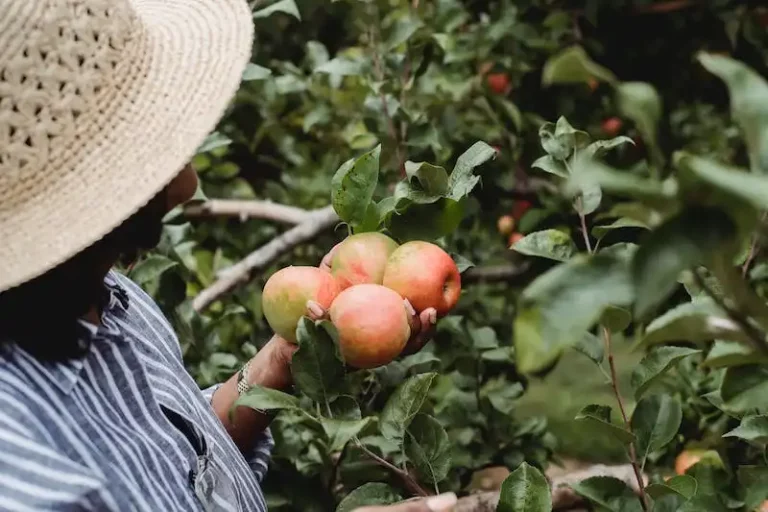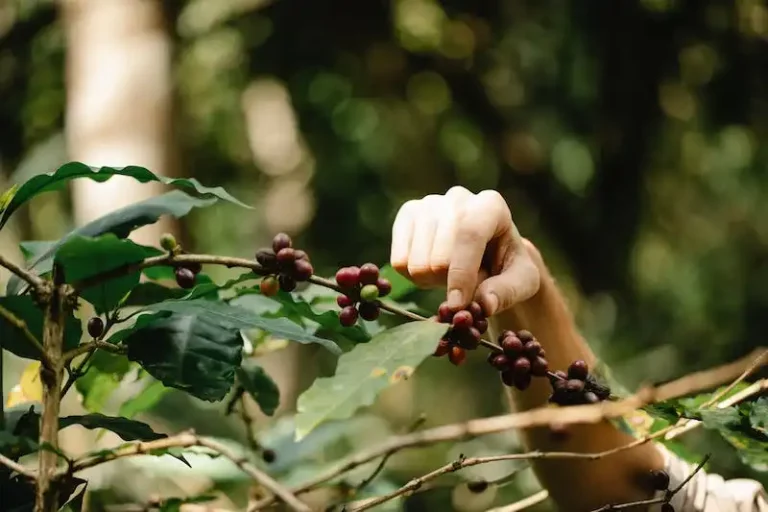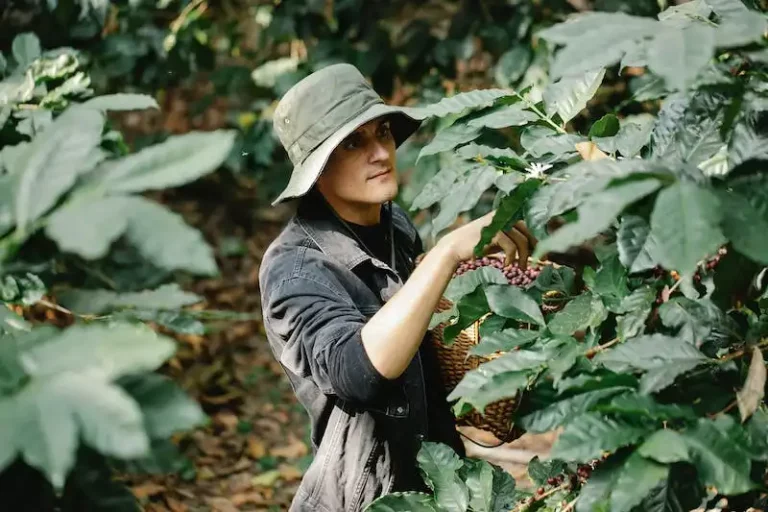Collecting and storing seeds is an essential practice for gardeners and plant enthusiasts. Not only does it allow you to preserve unique plant varieties, but it also enables you to save money, keep a consistent supply of seeds, and ensure the organic and disease-free status of your plants.
For those who are new to seed saving, it’s important to understand that not all plants produce seeds that are worth saving. Some plants, like foxgloves, need to cross-pollinate with other plants of the same type in order to produce seeds with the same characteristics as the parent plant. Others may have seeds that are difficult to germinate or have a short lifespan. Therefore, it is crucial to do some research before embarking on seed saving.
The first step in collecting seeds is to identify the plants from which you want to harvest seeds. Choose healthy plants with well-developed flowers or fruits, as this indicates that the seeds are likely to be ripe and mature. Be aware that not all parts of a plant produce viable seeds; you need to know where to look. For example, for plants with pods, you would typically look for the pods to turn brown or black and become dried up before collecting their seeds. On the other hand, for plants with flowers, the seeds are usually found in the dried flower heads.
Once you have identified the plants and the parts from which you want to collect seeds, it’s time to get started. Remove any remaining foliage or unwanted materials from the plant, and be careful not to mix different types of seeds together. You can use a brush to gently brush off the seeds from the plant into a container. It is also useful to mark the plants from which you have collected seeds, especially if they are growing among other plants in a garden or an allotment.
After you have harvested the seeds, it is important to store them properly to ensure their viability for the next planting season. The most common method is to save them in seed packets, which can be bought or made from envelopes or folded pieces of paper. Make sure the seeds are completely dry before storing them in the packets, as moisture can cause them to mold or rot. Store the packets in a cool, dry place away from direct sunlight, as exposure to light can reduce their viability. Some gardeners also include a small packet of silica gel or dried rice grains with the seeds to absorb any excess moisture and help preserve their quality.
By following these step-by-step instructions, you can ensure the success of your seed collecting and storing endeavors while enjoying the beauty and benefits of a diverse and thriving garden or allotment. So go ahead and start saving those seeds, and soon you’ll have your own unique collection of plants to grow and share with others.
Remember to always take caution and be aware of any potential cross-pollination between different plant varieties. This can result in unexpected offspring that may not have the desired characteristics. If you are growing cultivars or heirloom plants, it is especially important to keep them isolated from other related species or varieties to maintain their purity.
Top tips for growing your own foxgloves from seeds in your garden this autumn
The beautiful foxgloves can add a touch of charm to any garden. By growing your own foxgloves from seeds, you can enjoy these stunning flowers year after year and even create unique cultivars. Here are some top tips to guide you through the process:
1. Choose the right type of seeds: Foxgloves belong to the digitalis family, and the most commonly grown variety is called Digitalis purpurea. You can find seeds of different colors, such as white, pink, and purple. Consider the traits you prefer in a foxglove, like the height, flower color, or shape, and select the parent type accordingly.
2. Be aware of seed viability: Foxglove seeds have a relatively short viability period, so it’s important to harvest and save the seeds promptly. The best time to take the seeds is when the flower stalks begin to dry out and turn brown. Gently brush off the seeds from the seed head and save them in a dry, cool place.
3. Prepare the soil: Foxgloves prefer well-drained soils. If your garden has heavy clay or compacted soil, consider adding organic matter or creating raised plantings to improve drainage. This will ensure the success of your foxglove seeds.
4. Sow the seeds: Foxglove seeds are tiny and need light to germinate, so do not bury them in the soil. Instead, lightly press them onto the surface of the soil and cover with a thin layer of fine soil or vermiculite. Water gently and keep the soil moist until germination occurs.
5. Consider winter cover: Foxgloves are hardy plants, but they may benefit from some protection during harsh winters. Consider covering the bed with a layer of mulch or using a horticultural fleece to provide insulation and prevent frost damage.
6. Thin out the seedlings: Once the foxglove seedlings start to grow, they may become crowded. To ensure proper growth, thin them out by removing weaker seedlings, leaving only the strongest ones. This will allow the remaining plants to have enough space and resources to thrive.
7. Enjoy the flowers: Foxgloves usually flower in their second year, so be patient. When they bloom, you will be rewarded with tall, elegant flower spikes that attract bees and other pollinators to your garden. Observing the unique form and color of each flower is truly a delight.
By following these tips, you can successfully grow your own foxgloves from seeds and enjoy their beauty in your garden. Happy planting!
How to grow your own foxgloves in 2024
If you’re a fan of wild and beautiful flowers, then growing your own foxgloves should be on your list for this year. Foxgloves are known for their tall flowering stalks, covered in bell-shaped flowers that range in color from white to pink and purple.
So, where can you find foxgloves in the wild? They are often found in woodlands, meadows, and along hedgerows. If you come across them, take note of the location as you can gather seeds from these wild plants.
The best time to collect foxglove seeds is in late summer when the seed pods have ripened and turned brown. At this point, the seeds are ready for harvesting.
- Begin by removing the seed pods from the foxglove plants. To do this, gently twist or snip the pods away from the stems.
- Next, open the seed pods and carefully extract the tiny seeds. Be sure to save the seeds in a labeled container or envelope for later use.
- Now, it’s time to plant your foxglove seeds. Foxgloves are best sown in late summer or early autumn, as they need a period of cold temperatures to germinate. You can sow the seeds directly onto the soil where you want them to grow or start them indoors in seed trays. If sowing outdoors, simply scatter the seeds and lightly cover with a thin layer of soil.
Keep in mind that foxgloves are biennial, meaning they take two years to fully grow and flower. In the first year, your plants will develop foliage and form a rosette. Then, in the second year, the tall flowering stalks will emerge.
Here are some tips to keep in mind when growing foxgloves:
- Foxgloves prefer partial shade or dappled sunlight. Avoid planting them in full sun, as it can scorch the foliage.
- Make sure to provide well-draining soil with plenty of organic matter. Foxgloves thrive in nutrient-rich soil.
- Water your seedlings regularly. They need consistent moisture to establish strong root systems.
- Watch out for disease and pests. Foxgloves can be susceptible to fungal diseases like rust. If you notice any signs of disease, treat your plants accordingly.
- Support tall stalks. As the plants grow, they may need some support, especially if they are exposed to strong winds.
Once your foxglove plants have flowered and produced seeds, you can save them for future planting. Simply wait for the seed pods to turn brown and dry out, then gather the pods and extract the seeds. Store the seeds in a cool, dry place until you’re ready to sow them again.
It’s important to note that foxgloves can cross-pollinate with other varieties, so if you want to preserve specific traits, you should isolate the plants to prevent cross-pollination.
Now that you know the step-by-step process of growing foxgloves, it’s time to get started on your own beautiful foxglove garden. Enjoy the stunning display of tall, bell-shaped flowers swaying in the summer breeze.
How to collect and store seeds and why
Collecting and storing seeds is a great way to preserve the beauty and diversity of various plants and flowers. Whether you have a garden or allotment, knowing how to collect and store seeds can save you money and provide a sustainable source of plants for future years.
When to collect seeds depends on the type of plant or flower. For example, some seeds can be collected as soon as the flowers have faded, while others need to fully mature and dry on the plant. It’s important to learn about the specific seed collection requirements for the plants you are interested in.
Collecting seeds is relatively easy and requires minimal tools. You’ll need a pair of scissors or secateurs to snip off the seed heads or mature fruits. It’s best to collect from healthy plants that are free from disease or pests. You should also pick seeds from plants with desirable traits, such as unique foliage or abundant flowers.
| Plant Type | Collection Method |
|---|---|
| Flowers | Snip off the seed heads or matured pods and place them into paper bags or envelopes. |
| Fruits | Remove the seeds from the fruit and allow them to air dry on a paper towel or tray. |
Once collected, it’s important to store the seeds properly to ensure their viability. Seeds can be stored in paper bags or glass containers that are labeled with the type of seed and the date of collection. Store them in a cool, dry place away from direct sunlight and pests.
The viability of seeds can vary depending on the type of plant and how they are stored. Some seeds have a longer shelf life than others. For example, organic seeds generally have a shorter shelf life compared to seeds that have been treated with chemicals. It’s also important to note that not all seeds will germinate, so it’s a good idea to collect more seeds than you actually need.
By collecting and storing seeds from your own garden or from the wild, you can create a unique collection of plants that are well-adapted to your specific growing conditions. It also allows you to propagate plants that may not be readily available at your local garden center or shop.
So, next time you see any flowers or fruits in your garden, be aware of the potential for collecting and storing seeds. It’s a simple and rewarding activity that can help preserve the beauty and diversity of plants for years to come.




